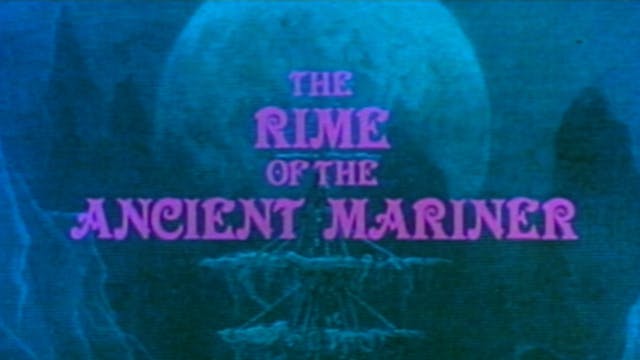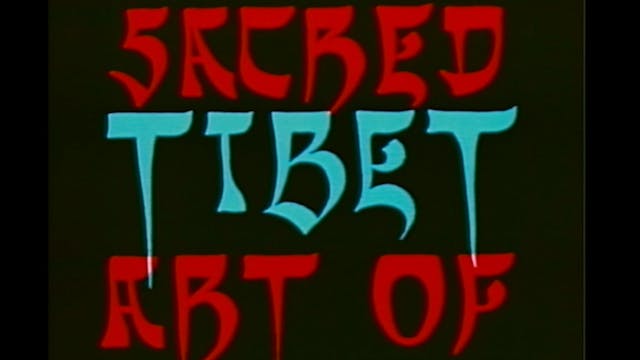RÊVE D'OR
LAWRENCE JORDAN
•
3m 45s
In 1894, a young Frenchman named Pierre Louys, a Greek scholar, published a volume of prose poems, titled SONGS OF BILITIS, Bilitis being an imaginary Greek poet of his own concoction.
"One woman envelops her self in White wool. Another covers her self with flowers, with green leaves, and with grapes. As for me, I live only when I am naked. My lover takes me as I am, without robe or jewels, or sandals. Here is Bilitis, quite alone.”
We are presented on the screen with a sequence of Arcadian images, the intent of which is to raise consciousness one full octave and to give the viewer a strong hint that a stream of brightness runs through the universe.
One morning, when spring was breaking in the trees of his garden, Lawrence Jordan had a euphoric sensation, looking into the sky: a golden dream (or Rêve d’Or in French, the name of one of his roses, climbing in the persimmon tree).
Jordan set about finding images which he believed portrayed this feeling. RÉVE D'OR [GOLDEN DREAM] is the result.
Up Next in LAWRENCE JORDAN
-
THE RIME OF THE ANCIENT MARINER
Using the cut-out animation, Lawrence Jordan married the classic engravings of Gustave Doré to the classic poem by Samuel Taylor Coleridge through narrator Orson Welles. It is a long opium dream of the old mariner who wantonly killed the albatross and suffered the pains of the damned for it.
"Th...
-
RODIA-ESTUDIANTINA
Except for the removal of one out-of-focus shot (which the filmmaker did not feel fit into the texture of the piece), Lawrence Jordan was never able to change the footage from the way it came out of the camera. The film was never intended as an ‘in-camera’ film but it turned out to be one. An ill...
-
SACRED ART OF TIBET
An accurate depiction of the basic tenets of northern Mahayana Buddhism, cast into living or "experiential" form, consistent with powerful mantras heard on the soundtrack of the film. Tarthang Tulku, a Tibetan Lama, was the advisor.
"Jordan uses a bagful of camera and editing techniques that bri...



